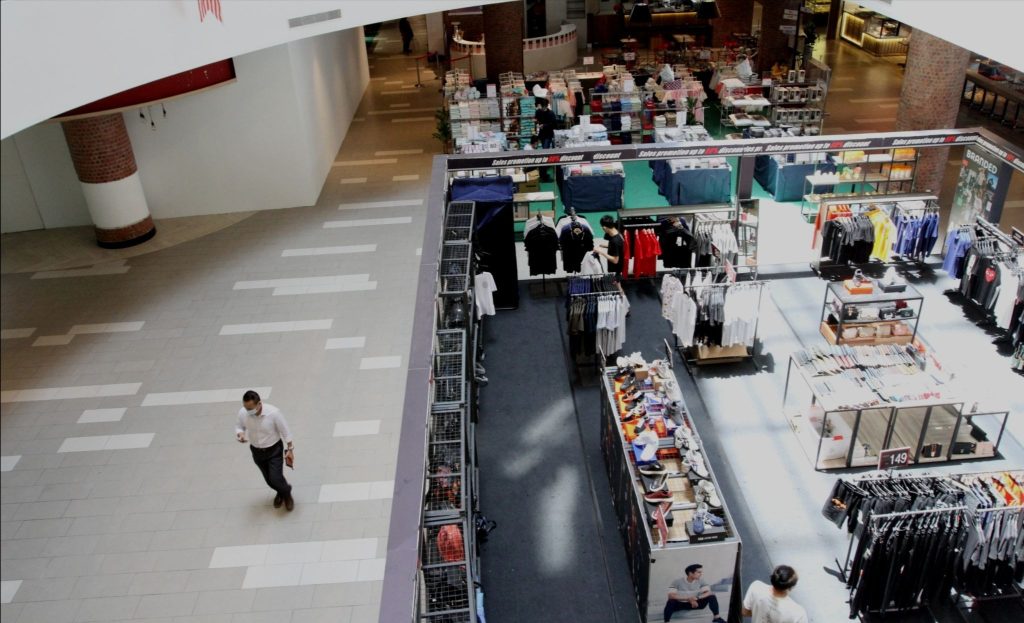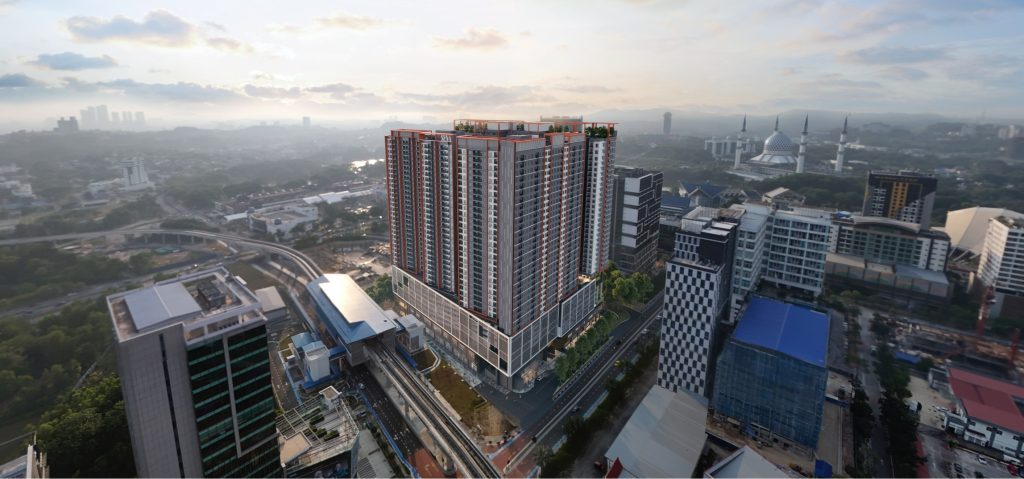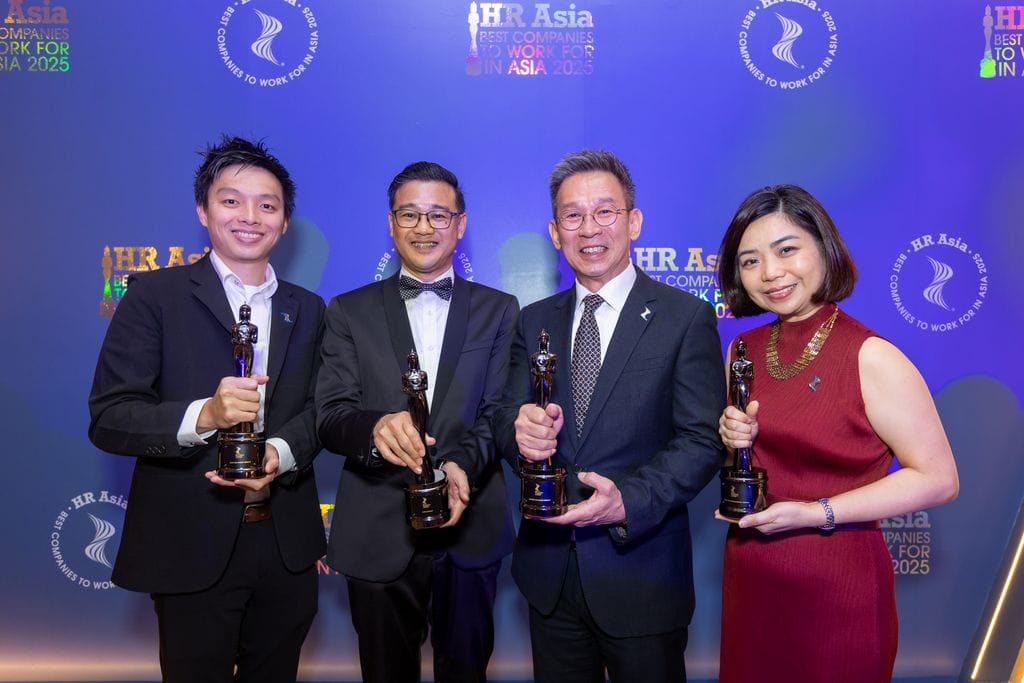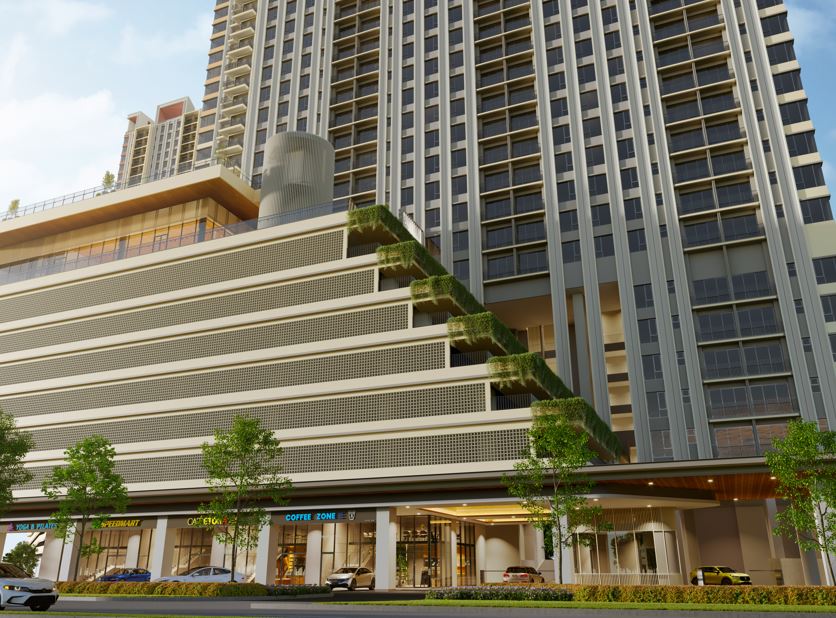Real estate accounts for 40% of total carbon emissions.
Amid the Covid-19 pandemic and the climate crisis, more and more companies are beginning to realise the necessity of sustainability. In 2020, a HSBC survey found that one in three businesses consider sustainability to be more of a priority than ever.
These findings align with a recent Jones Lang LaSalle Inc (JLL) survey which found green strategies and certifications to be crucial to increased occupancy, rents and tenant retention.
As the Malaysian economy begins to recover, the real estate industry is looking for ways to revive and re-energise the market. A key to this is environmental, social and corporate governance (ESG).
“It’s not just about navigating the property market through the revival but also through survival,” said Jones Lang LaSalle Asia-Pacific consulting senior director Mireille Wan during the recent 30th National Real Estate Convention (NREC), which is held annually by the Royal Institution of Surveyors Malaysia (RISM).
Survival may seem like a strong word, but this sentiment is reiterated by UEM Sunrise Bhd’s head of sustainability Sarimah Talib.
“How many of you have been directly or indirectly affected by the recent flood in Selangor? How many of you were affected by major floods in Shah Alam? If we think back when we talk about ESG being in the real estate industry, most of us are being affected by the effects of climate adaptation,” Sarimah said. “In this industry, we have an important role, because either we design, we construct, we plan or we are the users.”
Findings from the JLL survey found that while 68% of corporate real estate (CRE) leaders report carbon emission reduction as part of their corporate sustainability strategy, only 18% have actually implemented a sustainability strategy.
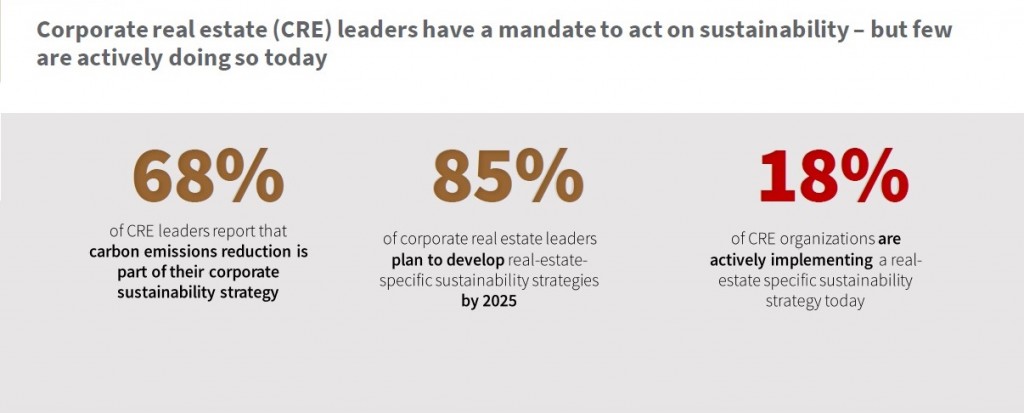
Corporate real estate leaders have a mandate to act on sustainability, but few are actively doing so today.
Source: JLL Inc
“Real estate accounts for 40% of total carbon emissions. Think of the amount of real estate present in Malaysia, and in the next 4-5 years, having that 40% carbon emission is quite devastating.” Wan said.
According to the findings of JLL’s survey, young employees are increasingly demanding climate positive action from their companies, with 84% agreeing that climate change is the biggest issue facing the world.
“We have seen how swift the market reacts to companies with less than palatable practices,” KWAP chief executive officer Nik Amlizan Mohamed said.
The pandemic has only compounded the awareness stakeholders have on social issues. Sustainable corporations would be able to attract and retain talent, gaining an advantage in the talent market.
Despite this, findings from JLL’s research revealed that 65% of employees are not aware that their companies are committed to reducing carbon emissions. Green strategies among developers must translate into raising awareness among their employees, and perhaps even bringing employees into the decision-making process.
The main barriers to investing in sustainable initiatives continue to be construction costs, Construction Research Institute of Malaysia chief executive officer Datuk Dr Gerald Sundaraj said.
Industry leaders are concerned that sustainability costs more at the outset, but those who are involved in implementing ESG say that the returns will catch up.
In fact, according to the findings of JLL’s survey, investors stand to gain an estimated 6-7% of rental and sales premiums from new and retrofitted green-certified buildings.
Sustainable market products are known to increase 5.6 times faster than conventional products, Sundaraj pointed out. In terms of cost reduction, ESG is said to affect operating profits by as much as 60%.
Malaysia has a well-established framework for a green economy. Governmental policies such as the 12th Malaysia plan, BursaSustain and FTSE4Good Bursa Malaysia encourage companies to participate in corporate governance.
According to findings from JLL’s research, office buildings in particular are instrumental in reducing carbon and promoting energy conservation.
There are buildings in Malaysia that already have a green framework, earning accolades such as leadership in energy and environmental design (LEED) and green real estate (GreenRE). Some of these buildings may be familiar: KLIA2, Menara CIMB and Tun Razak Exchange Office.
Operationalising ESG
“The government targets to reduce emissions by 45% by 2030 and these are ambitious targets and require all parties to play their role for us to help the nation to achieve these goals,” Nik Amlizan said.
In KWAP’s recent initiative, Compass, there is a collective understanding among partners to incorporate sustainable measures. An important feature of the project is the purpose-built worker accommodation, in line with KWAP’s emphasis on the well-being of the building’s workers.
In line with ESG values, worker-focused development is increasingly important among CRE leaders. A satisfied and well-managed workforce will increase productivity and more companies are beginning to take on more responsibility to look after their workers.
“We must bring positive social impact to the communities where we operate. It is important because we deal with a lot of labour forces, foreign and local labourers, so we need to adhere in alignment with the United Nations human rights standard,” Sarimah said.
In the real estate industry, carbon emission is grouped into two categories: operational carbon and embodied carbon. Operational carbon is generated as a result of the building’s operations, which include energy usage from heat and power. Embodied carbon is generated as a result of the buying and moving of building materials.
Office, retail and residential buildings all emit carbon. Sundaraj identifies three common building materials which contribute significantly to carbon emissions: steel, concrete and aluminium. Developers must find new and innovative ways to optimise natural resources.
“Almost 32% of construction consumes natural resources,” Sundarah said. “The construction sector cannot take a backseat.”
At UEM Sunrise, the pathway to operationalising ESG begins with an analysis based on the sustainable development goals (SDG).
“We are measuring our carbon emissions, to ensure that we know where we are in terms of emitting it. After we know where we stand, we will enter into the second phase, which is the reduction of carbon emission through technology and nature-based solutions,” Sarimah said.
To ensure sustainability, every stage of a project should be inspected, beginning from design, construction, renovation and demolition.
“We cannot cherry-pick where we want to implement ESG in the value chain, we cannot say we cannot do this in design development, we can only do this in construction, that is not possible. From the point of decision making, that is where the ESG consideration starts.” Sarimah said.
She pointed to buildings fitted with energy-saving lights and rainwater harvesting tanks for irrigation. Considerations must be in place for air quality, environmental transport options, greater greenery preservation and restoration through outdoor spaces like rooftop gardens.
Findings from JLL’s research further identified the use of water recycling and water treatment on-site, intelligent windows to personalise temperature and light levels and artificial intelligence for efficient energy consumption.
“ESG is an investment, it is not a cost of operation,” Sarimah said.
This mindset shift is prevalent among CRE leaders, such as RAM Rating Services Bhd chief rating officer Siew Suet Ming. Rather than focusing on the commercial factor of a property, she encouraged developers to focus on the intent to do good as industry players to facilitate sustainable growth of the industry.
Stay ahead of the crowd and enjoy fresh insights on real estate, property development, and lifestyle trends when you subscribe to our newsletter and follow us on social media.








